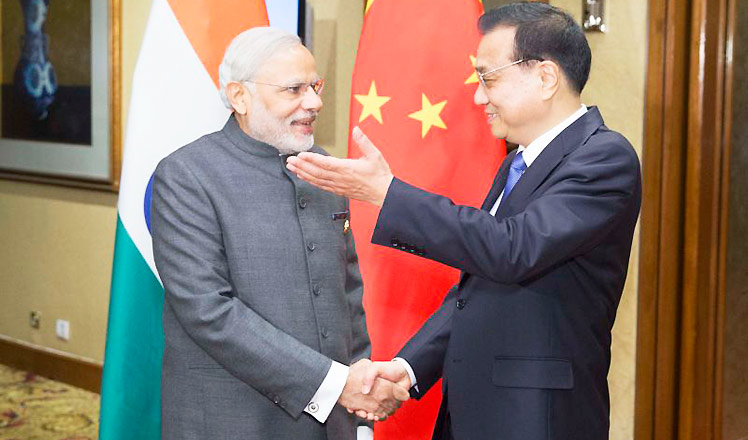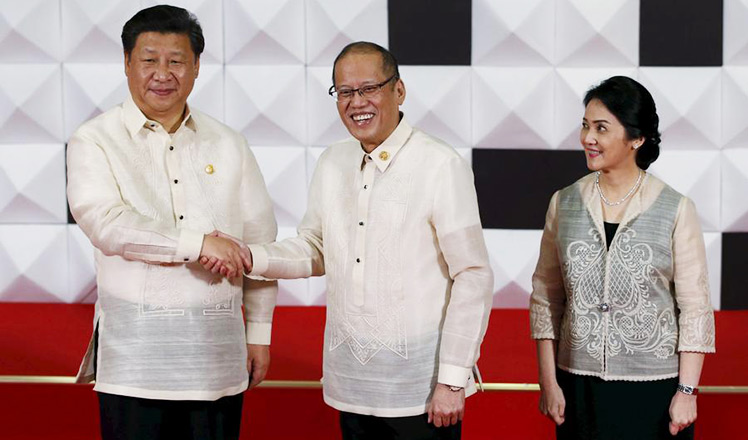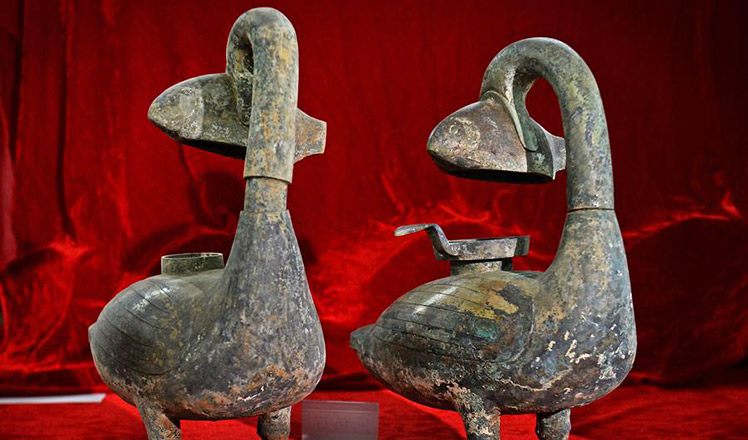HTC's virtual reality equipment on debut in Shenzhen
Updated: 2015-11-21 17:18
(chinadaily.com.cn)
|
|||||||||
HTC VIVE, a state-of-the-art virtual reality (VR) solution made its debut at the China High-Tech Fair in Shenzhen, Guangdong province attracting thousands of visitors before the events closing day Saturday.
HTC VIVE is the first VR solution from the renowned consumer electronics-maker HTC. It was put under the spotlight as it offered superb experience for visitors who could have an opportunity to see what was happening in another location.
HTC will officially release the solution, consisting of a high-definition head-mounted device (HMD), two location trackers and a pair of wireless controllers. This VR solution can artificially create superb sensory experiences of sight and hearing to make the virtual world seem real to its users.
The high-end VR solution differentiates from other companies through what is referred to as the 'room scale' experience: the ability to accurately track users' location in spaces up to five by five meters to offer the most immersive VR experience to-date. It also contains a high resolution display that provides images resolution of 1200x1080 and a refresh rate of 90 hertz. The technology effectively solved key problems such as image latency and vertigo symptoms to perfectly immerse users into the experience.
VR technology, referred to as immersive multimedia or computer-simulated life to replicate an environment, can simulate a physical presence of the users in places in the real or imagined world by letting them interact with that world.
Originally created in the 1960s, VR technology was first utilized for training astronauts and for military purpose. After 50 years of development, the technology has finally entered the market for civilians. VR has undoubtedly changed the way people interact with machines by endowing them with interesting and fascinating experience.
Raymond Pao, Vice President of VR Technology at HTC, said the key to the technology is about the immersion, namely how to get users to the scene even when they are not there.
Pao said virtual reality technologies are expected to be adopted in many fields such as entertainment, healthcare, education, exhibitions, real estate industry, industrial design and tourism projects. In some costly and high-risk training programs, the technologies can simulate a setting for trainees to reduce the cost and avoid unnecessary errors and casualties.

 Indian PM praises Premier Li's philosophy on economy
Indian PM praises Premier Li's philosophy on economy
 Snow hits North China as temperature drops
Snow hits North China as temperature drops
 'Burn the Floor' thrills its Beijing audience
'Burn the Floor' thrills its Beijing audience
 Where do China's damaged currency notes go?
Where do China's damaged currency notes go?
 Shenyang's 50 gas-electric hybrid buses to hit the road
Shenyang's 50 gas-electric hybrid buses to hit the road
 Top 10 global innovators in 2015
Top 10 global innovators in 2015
 Leaders attend APEC welcome dinner in Manila
Leaders attend APEC welcome dinner in Manila
 Amazing finds unearthed at the Marquis of Haihun's tomb
Amazing finds unearthed at the Marquis of Haihun's tomb
Most Viewed
Editor's Picks

|

|

|

|

|

|
Today's Top News
Chinese president arrives in Turkey for G20 summit
Islamic State claims responsibility for Paris attacks
Obama, Netanyahu at White House seek to mend US-Israel ties
China, not Canada, is top US trade partner
Tu first Chinese to win Nobel Prize in Medicine
Huntsman says Sino-US relationship needs common goals
Xi pledges $2 billion to help developing countries
Young people from US look forward to Xi's state visit: Survey
US Weekly

|

|







